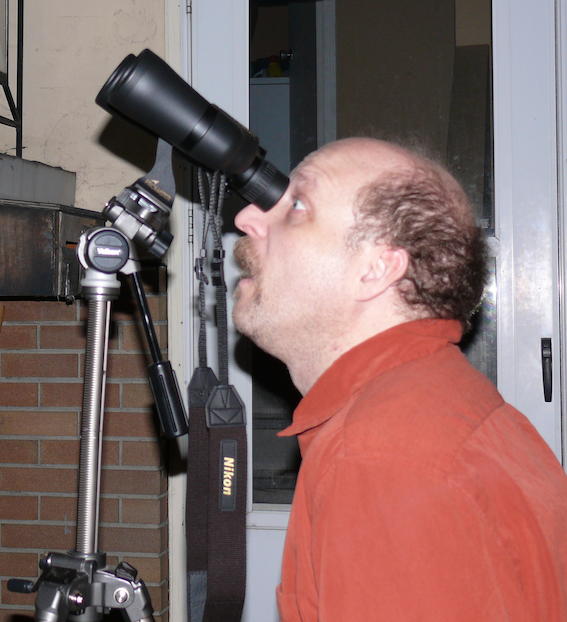I can see that....
Okay, it’s time for the exciting part.
We’ve talked about the packing, the shots, the odds and sods along the way. Now I get to show off the cool stuff.
Every once in a while I get asked about which telescope I’d recommend for a budding astronomer. Generally people know that I love looking at the sky, I’m a geek, and therefore I have a lot of knowledge of the tools of the trade.
The truth is that I haven’t owned my own telescope for many, many years. When I last had a telescope, it was much less capable than modern telescopes and wouldn’t hold a candle to what’s commonly available today.
When people ask what to get for a telescope, the first question is always, “What do you want to do with it?“ A little backyard stargazing when the weather’s nice? Learning the stars in the sky and the constellations and asterisms you can find? Collecting Messier objects through a single night of the year? Long exposure photographs of easily observable nebula? High definition photographs of the most distant galaxies we can observe in the universe?
Okay, for that last one, you’ll want to buy the Hubble Space Telescope. It’ll cost you a pretty penny, and you may be interested in picking up a space shuttle to go with it for servicing missions. The HST was launched on Endeavour, and subsequently serviced by Discovery, Columbia and Atlantis, so pretty much any shuttle will do. If you do purchase the HST and a shuttle to go with it, I’m calling shotgun right now.
Okay, so given a limited budget and being firmly grounded to locations with a breathable atmosphere contained within our solar system you’re probably going to be looking at a more modest scope. I have my eyes on a nice Dobsonian telescope down the road with a camera mount when I have time to play with a little astrophotography for fun. I’m not in a rush, things are getting better each and every year and I want to be able to do it right when I can.
So for the short term, I’m keeping strictly within my budget and following my own advice. Don’t start with a telescope at all! Begin with a good set of binoculars.

Looking at Jupiter through binoculars.

Jupiter on the left, Venus to the right.
Now, budget being the operative word, I haven’t been able to go buy the binoculars I really want. They get costly in a hurry, I could have spent $700 to $1000 just for the binoculars and I really don’t want to spend that much on a binoculars I’m taking on vacation for their very first outing. I’d hate to have them broken or stolen on their first trip out. On the other hand, I don’t want something severely underpowered so I won’t want to use them again at home.
My choice was the Nikon Action Zoon 10-22x50 CF binoculars. They’ll work well for looking at wildlife on vacation and for light gathering at night while I’m in the tropics. It’s amazing how much better I can see stars looking through them. I’m hoping they’ll help me view the Large Magellanic Cloud while I’m down there. The zoom feature is nice to help orient myself in the sky and then zoom in for a better look at specific features.
It’s a small thing, but something I’m very much looking forward to both in the short term and in the future at home. Given more cash and less concern about travelling with them, I would have preferred to hold out for a set of high quality binoculars designed specifically for astronomy, but we have to balance life after all.
I’m starting to feel excited about spending time with my daughter and making the most of a lousy situation.